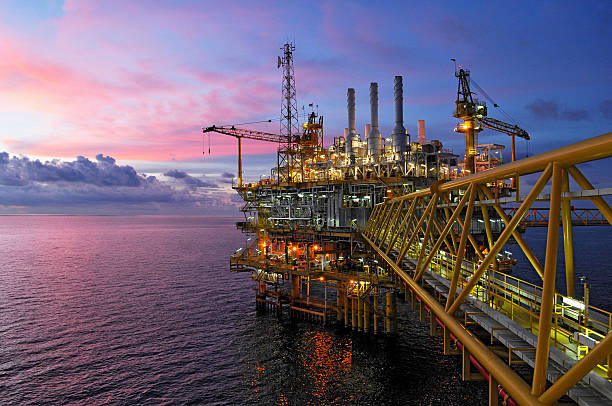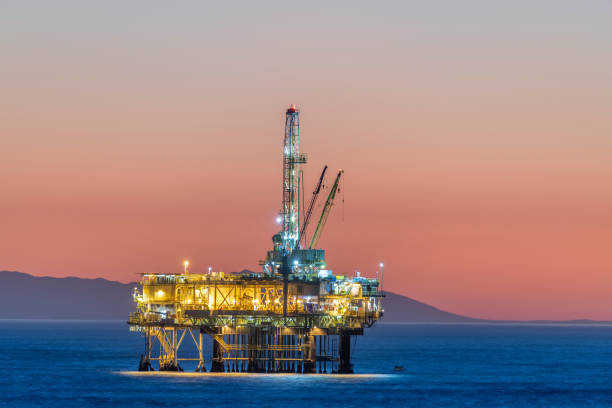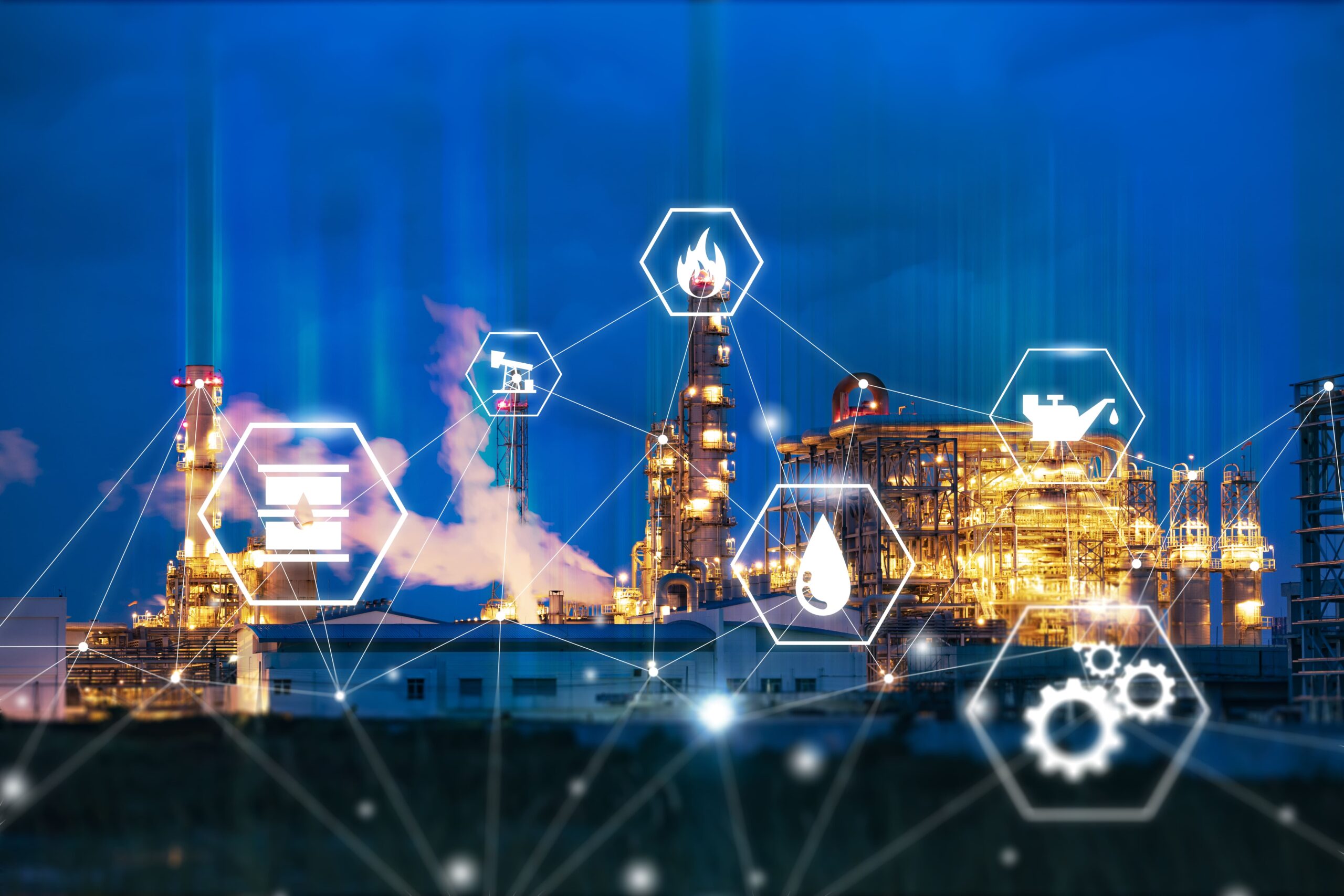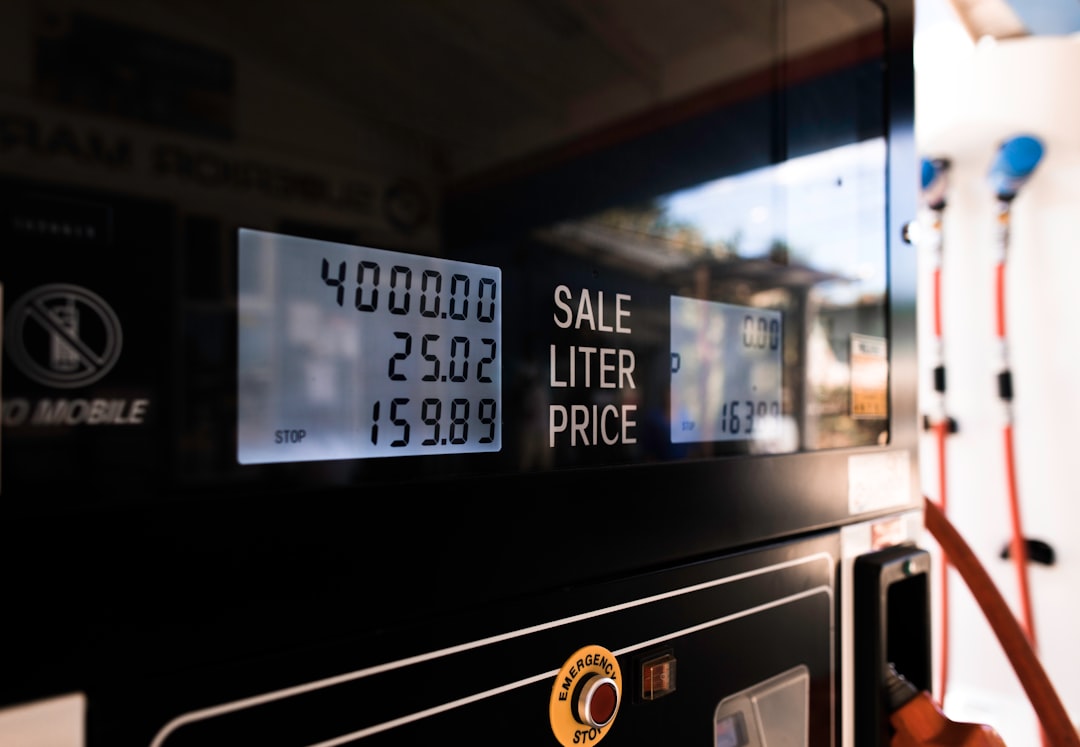I’ve often been asked if I work on the rigs. Spoiler alert: I don’t! It’s a common misconception that everyone working offshore is involved with drilling rigs. Whilst pursuing my postgraduate studies in Oil and Gas Management, some lecturers would use “rig” as a catch-all term for any offshore platform. When most people hear the term “offshore oil platform,” their minds instantly conjure up images of towering drilling rigs, battling waves in the middle of the ocean.
Time to clear up the confusion and have a bit of fun while we’re at it! While drilling rigs are essential, they’re just one part of the offshore oil and gas adventure. Let’s dive into the three most common types of offshore platforms, with a special shout-out to FPSOs as the rising stars of the seas:
🔧 Drilling Rigs: These are the iconic offshore structures where the magic of extraction begins. Think of them as the rock stars of the oil and gas world, always making headlines. They come in flavors like jack-up rigs, semi-submersible rigs, and drillships. You’ll spot them performing globally, from the North Sea to the Gulf of Mexico and the offshore fields of Brazil.
🏗️ Fixed Platforms: Imagine these as the sturdy, reliable characters in an action movie. Immobile and attached to the seabed, fixed platforms are the long-term producers, standing strong in shallow waters like the Arabian Gulf and the North Sea. They’re the dependable ones, ensuring continuous production for years.
🚢 Floating Production Storage and Offloading Units (FPSOs): Now, these are the rising stars, the new kids on the block making waves (literally!). FPSOs are like the Swiss Army knives of the sea – they produce, store, and offload oil and gas, all while floating around. Found in cool spots like West Africa, Brazil, and the North Sea, FPSOs are redefining flexibility and efficiency.
Why FPSOs are the Cool Kids:
- Flexibility: They can hang out in deepwater and ultra-deepwater locations where traditional platforms can’t party.
- Mobility: They’re the nomads of the sea, moving to different fields and saving big bucks on decommissioning costs.
- Storage and Offloading: With their own storage, FPSOs don’t need extensive pipelines. They just chill until it’s time to offload to tankers.

The Evolution of Offshore Platforms
The offshore oil and gas industry has come a long way since the first offshore platforms were built. Let’s take a brief look at the evolution of these platforms and how they’ve adapted to the changing needs of the industry.
Historical Context:
The first offshore platforms were built in the 1940s in shallow waters off the coast of Louisiana. These early platforms were relatively simple structures, designed to support drilling and production operations in water depths of up to 100 meters. As the industry grew, so did the size and complexity of the platforms, with companies developing larger and more advanced structures to access deeper waters and more challenging environments.
Technological Innovations:
Over the decades, technological advancements have driven the development of new types of offshore platforms. The introduction of semi-submersible rigs and drillships in the 1960s and 1970s allowed companies to explore and produce oil and gas in deeper waters. The development of FPSOs in the 1980s and 1990s further expanded the industry’s reach, enabling production in remote and ultra-deepwater fields.
The Role of FPSOs in the Future:
FPSOs are likely to play an increasingly important role in the offshore oil and gas industry, particularly as companies continue to explore deeper and more remote fields. Their flexibility and ability to operate in challenging environments make them a valuable asset in the industry’s quest to access untapped reserves. Additionally, as technology continues to advance, we can expect FPSOs to become even more efficient, safer, and more environmentally friendly.
Conclusion
The offshore oil and gas industry is a complex and dynamic field, with a wide variety of platforms designed to meet the diverse needs of exploration, production, and storage. While drilling rigs often capture the public’s imagination, they are just one piece of the puzzle. Fixed platforms play a crucial role in long-term production, while FPSOs are emerging as versatile, efficient solutions for deepwater and remote field development.
So, next time someone mentions “offshore,” let’s remember it’s not just about the rigs. The world of offshore oil and gas is vast, varied, and full of interesting characters, much like the professionals working within it. 🌊🌍💼
If you found this insightful, connect with me, follow my page, and don’t forget to like and share for more fun and educational insights on the oil and gas industry!
#OilAndGas #OffshorePlatforms #EnergyIndustry #Education #MythBusting




